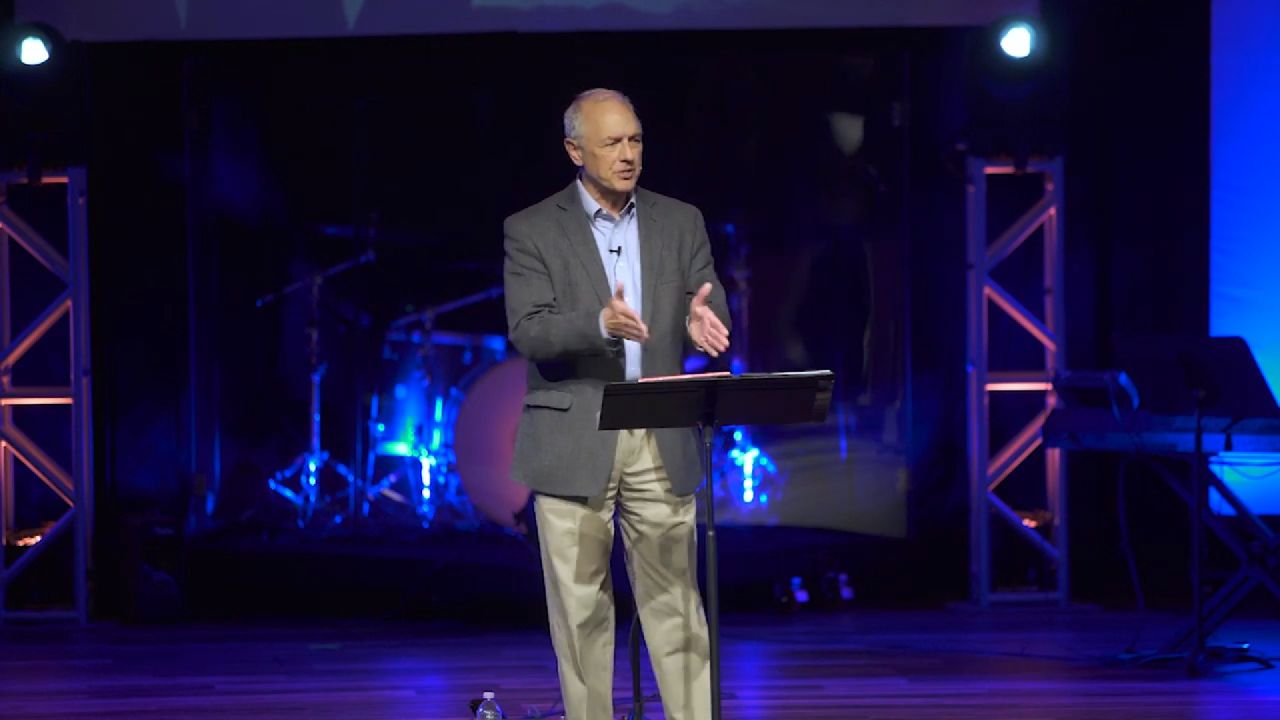Is there a legitimate dividing line between human persons and human non-persons? Greg explains why we need to be sure about the answer to this question.
Transcript
So many will say, well, we know what this is and all that other stuff, but we still think it’s okay to kill that, even though we know that that is a human being. Because, the rationale that is given is, it may be human—notice the language, the depersonalization—it may be human, but it’s not a…what? Not a person. It may be human, but it’s not a person.
Actually, this question came up last week. I was in Washington—not Washington, but Alaska—at the University of Alaska in Anchorage, and this issue came up in a discussion; it may be human, but it’s not a person. Here’s the question you always must ask whenever anyone raises this issue [of] “it’s human but not a person.” The question is, what’s the difference?
Now, this is a question they must answer, and I’ll tell you why they must answer. [It’s] because the person who said that has just divided humanity into two groups: human non-persons and human persons. Human persons get full protection of the law. In fact, if you harm any human person, the law comes down on you pretty strong. Human non-persons, you could do anything with that you want. You might even get federal aid to kill human non-persons. So if human persons are protected and human non-persons are not, you better be pretty sure where that dividing line is.
Let me give you an insight into personhood language. Personhood language has a bad history; it goes all the way back to Dred Scott, 1856, it goes back to ethnic cleansing, goes back to the Third Reich. What it does is it takes certain members of the human family and keeps them from being bonafide, protected members of the human community. That’s all it is. It’s just a way of dividing out the people that we want to get rid of. That’s all it is.

